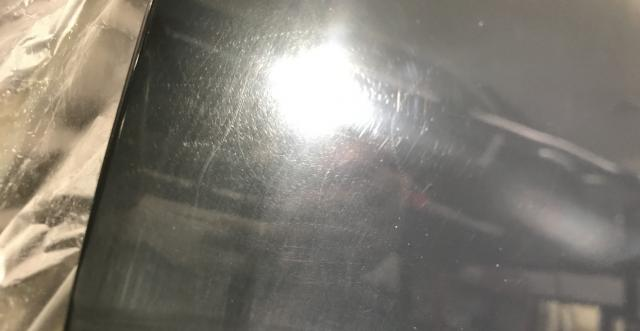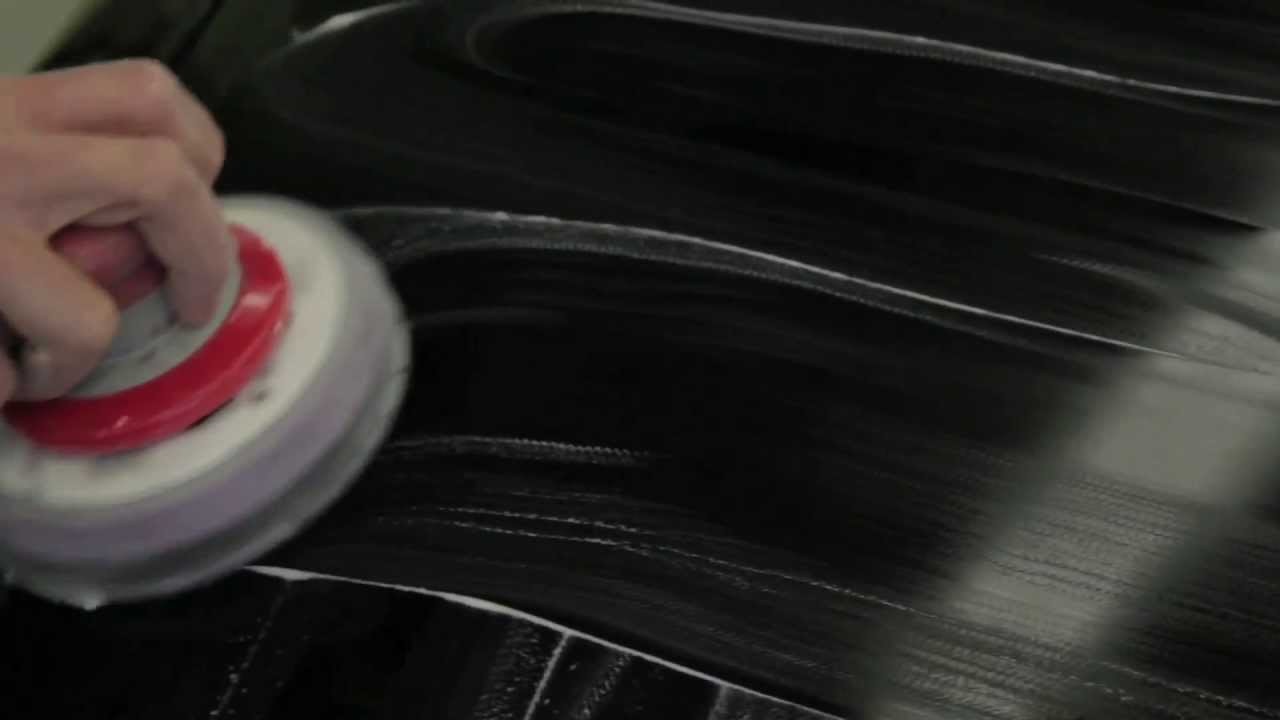Achieving a flawless finish on a car’s surface is a meticulous process that involves several steps, with sanding being a crucial one. However, even with careful execution, an unwanted issue known as “pigtails” can arise, diminishing the quality of the finish. Pigtails are those frustrating swirl marks or scratches that resemble the texture of a pig’s tail, and they can be a source of frustration for automotive enthusiasts and professionals alike. In this comprehensive guide, we will explore the causes behind the formation of pigtails, delve into effective methods for pigtails’s removal, and provide valuable insights into preventive measures to ensure they don’t resurface in future projects.
Understanding Pigtails: What Causes Them?
Before we delve into the techniques for removing and preventing pigtails, it’s important to understand why they occur. Pigtails can result from a combination of factors, and identifying these factors is essential for addressing the issue effectively.
- Improper Sandpaper Grit Selection: One of the primary culprits behind pigtails is using the wrong grit of sandpaper. Starting with too coarse a grit or transitioning too quickly to finer grits can create deep scratches that resemble pigtails. On the other hand, using a fine grit initially might not effectively remove imperfections, leading to the need for excessive pressure and resulting in swirl marks.
- Lack of Lubrication: Proper lubrication during the sanding process is crucial to prevent friction that can lead to scratches. Inadequate lubrication causes the sandpaper to abrade the surface instead of gliding smoothly over it, resulting in pigtails.
- Inadequate Sanding Technique: Lack of experience or rushed sanding techniques can contribute to the formation of pigtails. Applying uneven pressure, using excessive force, or not maintaining a consistent sanding pattern can all lead to an uneven surface and the appearance of swirl marks.
- Contaminated Sanding Materials: Dirt, dust, or debris on the sandpaper, sanding disc, sanding pad, or the car’s surface can create deep scratches or swirls. Failure to keep sanding materials clean and the work area free from contaminants can exacerbate the problem.
Removing Pigtails: Effective Techniques
If pigtails have already marred the car’s surface, it’s important to address them promptly to achieve a smooth, pristine finish. Let’s explore a step-by-step process for removing pigtails effectively:
Step 1: Inspection
Begin by closely examining the affected area to assess the severity and extent of the pigtails. This assessment will help you determine the best approach for removal.
Step 2: Select the Right Grit
Choose a sandpaper grit that is slightly finer than the one responsible for the pigtails. This will allow you to gradually remove the scratches without introducing new ones.
Step 3: Ensure Proper Lubrication
Before you begin sanding, ensure that the surface is properly lubricated. Proper lubrication reduces friction, preventing further scratching.
Step 4: Employ Correct Sanding Technique
Adopt a controlled and consistent sanding technique. Apply even pressure and maintain a steady back-and-forth or circular motion. Avoid using excessive force or making erratic movements.
Step 5: Gradual Progression
Begin sanding with the selected finer grit and work your way through even finer grits. This gradual progression refines the surface and removes the pigtails without introducing new imperfections.
Step 6: Regular Inspection and Adjustment
Frequently inspect the sanded area under appropriate lighting to track your progress. If pigtails persist, repeat the process with finer grits until the scratches are effectively removed.
Step 7: Final Polishing
After successfully eliminating the pigtails, proceed to the polishing stage. Use a fine polishing compound and a soft pad to restore the glossy appearance of the surface.
Preventing Pigtails: Best Practices
Preventing pigtails is undoubtedly the preferred approach. Incorporating these preventive measures into your sanding process can significantly reduce the likelihood of encountering pigtails in your future projects:
- Invest in Quality Sanding Materials
Opt for high-quality sandpapers, sanding discs, and sanding pads from reputable brands. These materials are designed for automotive applications and can make a significant difference in achieving a flawless finish.
- Follow the Proper Grit Sequence
Adhere to a well-structured sanding sequence, starting with coarser grits and gradually moving to finer ones. This methodical approach removes imperfections without introducing new scratches.
- Prioritize Lubrication and Cleanliness
Always maintain proper lubrication during sanding and keep your sanding materials clean. Lubrication reduces friction, while clean materials prevent contaminants from scratching the surface.
- Hone Your Sanding Technique
Practice and refine your sanding technique. Focus on applying consistent pressure, maintaining a steady sanding pattern, and using controlled motions.
- Test in Inconspicuous Areas
Before proceeding with sanding the entire surface, conduct a test in a less noticeable area. This allows you to adjust your technique and evaluate the effectiveness of your chosen grit.
- Ensure Adequate Lighting
Proper lighting is essential for identifying imperfections. Inspect the sanded area under different angles and lighting conditions to ensure a thorough evaluation.
- Patience and Attention to Detail
Sanding is a meticulous process that requires patience and attention to detail. Avoid rushing through the process, as haste can lead to mistakes and the formation of pigtails.
Conclusion
In the realm of automotive refinishing and restoration, the presence of pigtails can be frustrating. However, armed with the knowledge of their causes, effective removal techniques, and preventative measures, you can navigate your projects with confidence. By following the steps outlined in this guide, you’ll be better equipped to achieve impeccable results that showcase your expertise as an automotive enthusiast or professional. Remember, mastering the art of removing and preventing pigtails takes time and practice, but the reward of a flawless finish is well worth the effort.


